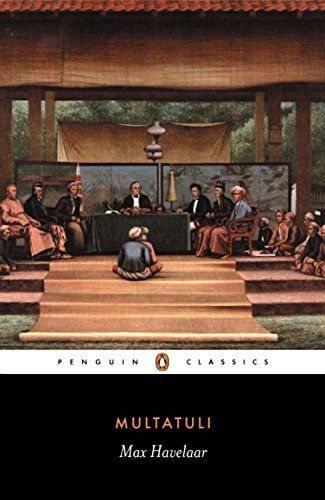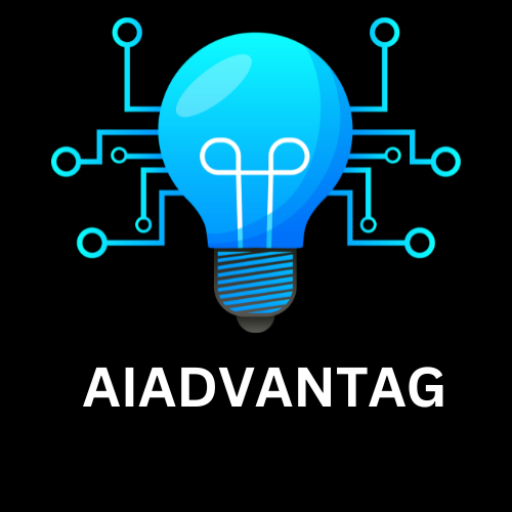Costs and Risks of Auctions:
1) Monitoring costs:
Participating in auction requires customer’s time to monitor bidding continuously.
2) Equipment costs:
Online auctions require a customer to purchase a computer system, operation system as well as pay for the Internet access.

3) Delayed consumption costs:
Online auctions can go for days. Shipping will take additional time which requirement extra cost of the product.
4) Fulfillment costs:
The buyer has to pay charges for packing, shipping and insurance compared traditional auction.
5) Trust Risk:
Online auctions are the largest source of Internet fraud. It increases risk for customers and merchants both.
Note: To avoid above types of costs in online auctions, two concepts were introduced.
Watch lists:
A watch list permits the customers to monitor specific auctions of interest only.
Proxy Bidding:
Proxy bidding allows customers to enter a maximum price for the product and the auction software automatically bids for the product up to that maximum price in smaller increments.
Auctions:

Internet Auction Basics:
Some basic facts about online auctions are,
1) Market Power and bias in Dynamically priced markets:
When the number of buyers and sellers are very less or equal in size, the markets tend to be neutral that neither a customer nor a supplier. When there are a few sellers and millions of buyers then the market provides many features.
The online auction provides a Fair Market Value which can be defined as the average of prices for the goods and services in a variety of dynamic and fixed priced market.
2) Price Allocation Rules:
There are different types of rules for allocating prices in online auctions uniform pricing rule, there are multiple bidders who pay the same price for products they won. With discriminatory pricing, bidders pay different and depending on their bidding.
3) Public vs. private information:
In some dynamic markets, the bidding is kept secret which is known as private information in dynamic priced market. In public information, the bidding is known all the participants. When there is a case of sealed-bid auction, the bid occurred in which the bidders communicating prior to submitting their bids to that the lowest price is higher.
It also allows the markets to engage in price matching in which sellers do not sell the goods and services below the floor prices.
Types of Auctions:
There are various types of auctions like,
- English Auction
- Traditional Dutch Auction
- Dutch Internet Auction
- Name Your Own price auction
- Group Buying Auction
- Sealed-bid Auction
- Vickery Auction
- Yankee Auction
- Reverse auction
1) English auction:
The English auction is the most common form of auction. In English auction, there is one seller and multiple buyers. There is a single item to be sold and within the time limit this auction ends. Multiple buyers bid against each other for the item until auction time is over. The highest bidder wins the item. It is called seller because multiple buyers compete against one another. It transcends the boundaries of a traditional English auction where physical presence is required by the bidders. It is ascending price auction.

In this type of bidding, the auctioneer declares a high price for the product or service and subsequently, it is lowered depending on whether the participants are willing pay the pre determined amount. The opening price starts high and is lowered unit buyer chooses to accept it. It is known as a descending auction because the decrease over the course of the auction.

2)The Dutch auction:
Uses a clock visible to that displays the starting price. Every few seconds, the clock ticks to a lower price Thus Dutch auctions tend to end in a fairly short amount of time and are often associated with perishable goods such as flowers and produce. It is seller biased because single seller and multiple buyers compete against each other.
3) Dutch Internet Auction:
It is multi unit auction. Sellers start by listing a starting bid for one item and the number of items to sell. Bidders specify both a bid and the quantity they want to buy. Winning bidders pay the same price for the item that is the lowest successful bid. It uses uniform pricing rule.
The above example shows the closing data from a sample Dutch Internet auction for a bundle of computers. The bids are arranged by price and quantity. Using uniform pricing rule, the lowest winning bid that clears the market of 10 computers is Rs.9000 and all winners pay this amount. However, the lowest bidder will only receive 2 computers because higher bidders are given their full allotments.
4) Name Your Own Price Auction:
In Name Your Own Price Auction, buyers specify what they are willing to pay for the goods and services to the sellers. The “Name-Your-Own-Price” (NYOP) is a system under which buyers make a suggestion for a product’s price and the transaction occurs only if a seller accepts this quoted price The seller waits for a potential buyer’s offer and can then either accept or reject that ‘named price’ that the user had offered.
Such pricing strategy asks consumers to ‘name their own price’ for various products and services like air tickets, hotels, rental cars, etc. The first bid a consumer places and the subsequent bid increments express the consumer’s willingness or unwillingness to haggle. It requires a commitment to purchase at the first offered price. It is buyer biased because multiple sellers compete against one another.
5) Group Buying Auctions:
Group buying, also known as collective buying, offers products and services at significantly reduced prices on the condition that a minimum number of buyers would make the purchase. Origins of group buying can be traced to China. The buying auction (GBA) is a new kind of dynamic pricing mechanism on the Internet makes the bidders as a group through Internet to get the volume discounts. ie more bidders bid, the lower the price of the object being auctioned becomes. It is al called demand aggregators.
6) Sealed bid Auction:
Sealed bid auctions are when a single bid is made by all bidding parties and the single highest bidder wins, and pays what they bid. The main difference between this and English auctions is that bids are not openly viewable or announced as opposed to the competitive nature which is generated by public bids. It is buyer biased because multiple vendors compete against one another.
7) Vickrey Auction:
It is a type of sealed bid auction in which the highest bidder wins at the second highest price. If a bidder makes a very high bid, they may have to pay that price, but if they make a low bid there is a chance that they will lose the item. Therefore, the winner is the person who values the item the highest. So if the highest hide Rs.1000 and the next-highest bid was Rs.950, the person who suggest only pay Rs.950.
8) Yankee Auction:
Yankee auction implies a multiunit discriminatory English auction. In a Yankee auction, bidders pay amounts equal to their bids. It is seller biased because single seller and multiple buyers competing against one another.
9) Reverse Auction:
A reverse auction is a type of auction in which sellers bid for the prices at which they are willing to sell their goods and services. In a regular auction, a seller puts up a item and buyers place bids until the close of the auction, at which time the item goes to the highest bidder. In a reverse auction, the buyer puts up a request for a requirement good or service. Sellers then place bids for the amount they are willing to be paid for the good or service, and at the end of the auction the seller with the lowest amount wins. It is buyer biased because multiple sellers competing against one another.
What is Dutch Auction?
Uses a clock visible to that displays the starting price. Every few seconds, the clock ticks to a lower price Thus Dutch auctions tend to end in a fairly short amount of time and are often associated with perishable goods such as flowers and produce. It is seller biased because single seller and multiple buyers compete against each other.
What is English Auction
The English auction is the most common form of auction. In English auction, there is one seller and multiple buyers. There is a single item to be sold and within the time limit this auction ends. Multiple buyers bid against each other for the item until auction time is over. The highest bidder wins the item. It is called seller because multiple buyers compete against one another.
What is Proxy Bidding?
Proxy bidding allows customers to enter a maximum price for the product and the auction software automatically bids for the product up to that maximum price in smaller increments.
New Post
Follow on Twitter




